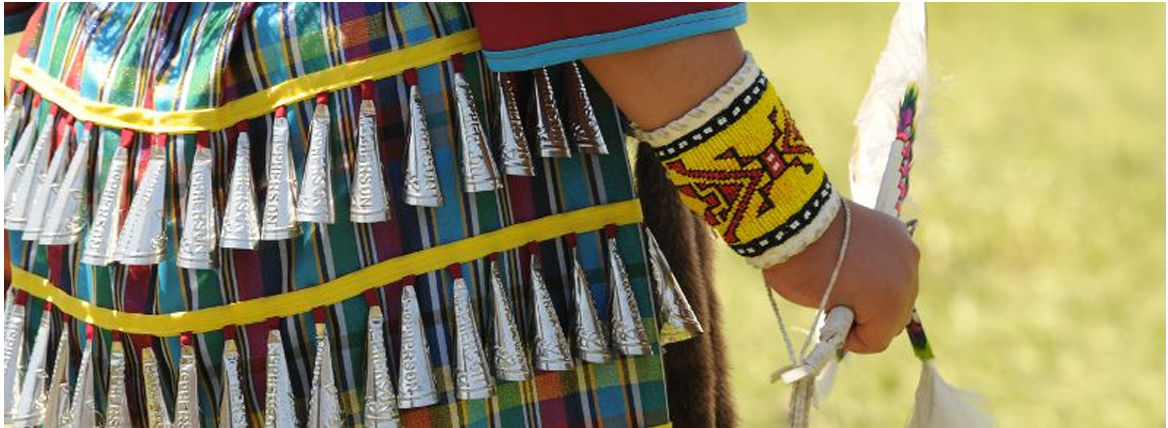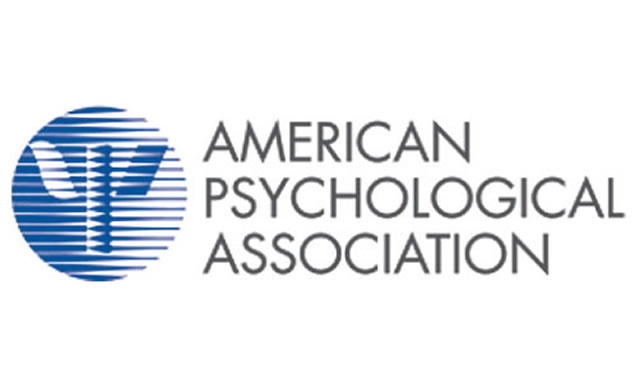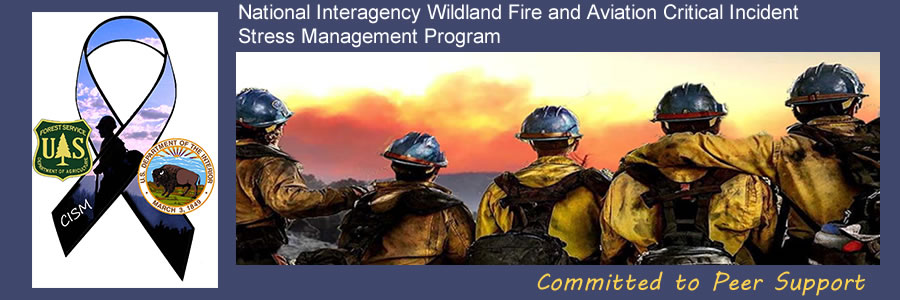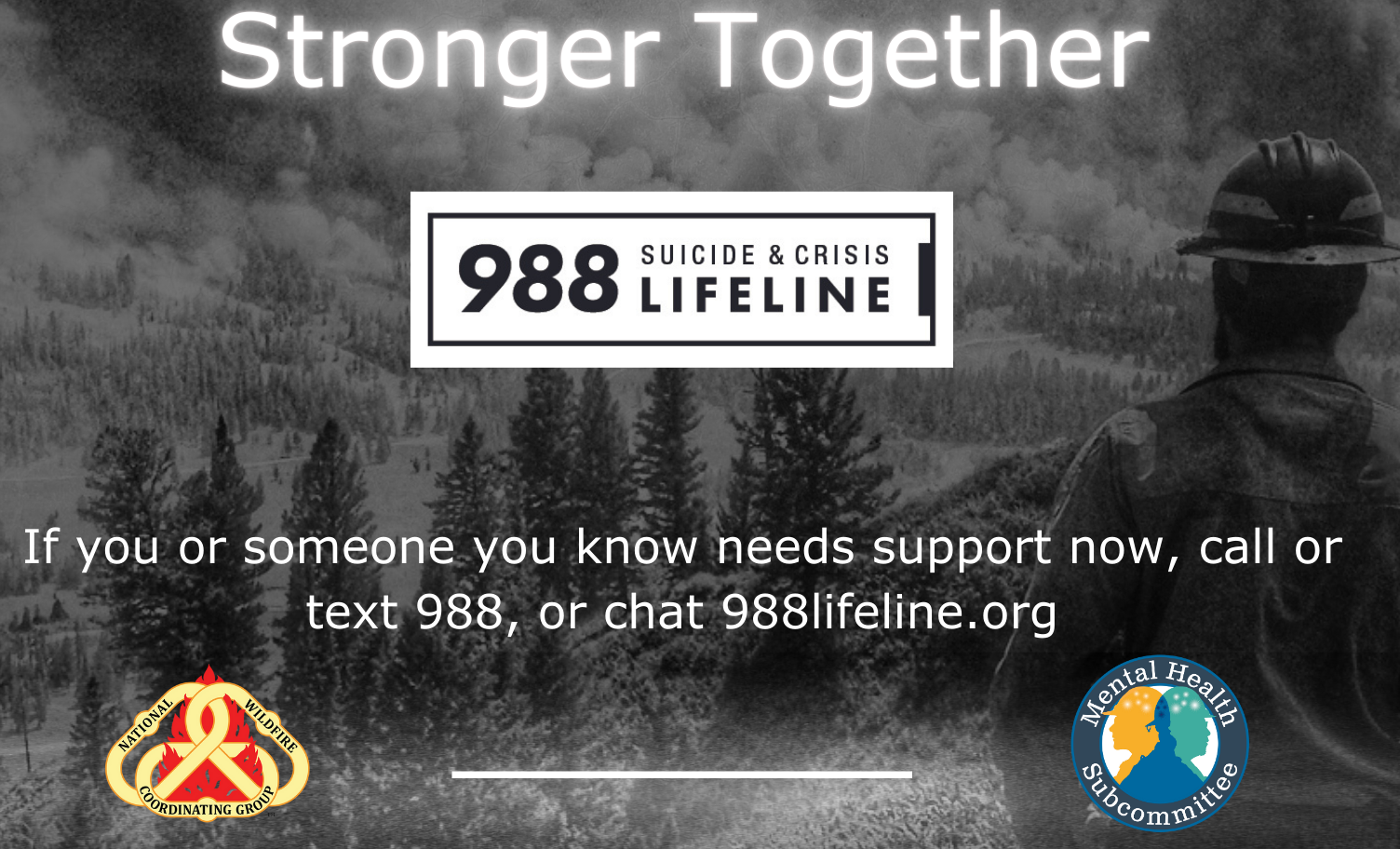Main Print Heading
Print Subheading
Suicide in the Wildland Fire Service
As an inescapable consequence of their calling, firefighters learn to confront fear and accept their own mortality. Most have addressed pain and have developed a tolerance. But when those protections, for whatever reason, are weakened, and other factors in the firefighter’s life serve to compound risk, the capacity to take that final action may be more significant. Read More
Accordingly, it is not necessarily that firefighters die by suicide at greater rates than others, but rather, the factors known to affect anyone’s life can become all the more difficult for a firefighter. If the bonds and perceptions that make the occupation so attractive and compelling are lessened or lost, such as crew disbanded for winter, seasonal layoffs, injury, retirement, etc., it may sever them from the protective factors of belonging and purpose that the fire service so richly provides. Depending on the factors in their world, the impact of that separation may be all the more acute and the sense of loss all the more profound.
Suicide Intervention Strategies That May Save a Life
If Your Are Thinking About Suicide......Read this First
If you suspect that someone is considering suicide, it is critical you take the following actions. Click here: Save A Life or Click here: Speaking of Suicide
If you suspect that someone you care about is considering suicide, help is available to support you in helping to intervene. Please call 911 and ask to be connected to your local crisis help line or call the National Suicide Prevention Lifeline at 988

Suicide Prevention, Intervention and Postvention
Prevention, Intervention, and Postvention (PIP) are the three areas of focus when working in the area of suicide. They can be understood as the before, during, and after experiences of thoughts of suicide, attempts, or death. Suicide Intervention is a direct effort to prevent a person or persons from attempting to take their own life or lives intentionally. Suicide intervention is the most frequent mental health emergency. The goal of crisis intervention, in this case, is to mitigate the suicidal behavior, keep the individual alive, and reach a state of stability. In other words, the goal is to help the individual(s) reduce distress and survive the crisis.

Culturally Competant Approaches
Suicide prevention efforts will more likely be effective if they are based on the values, needs, and strengths of the groups you are trying to reach. Suicide prevention efforts should be respectful and responsive to groups’ beliefs, practices, and cultural and linguistic needs and preferences. Factors to consider include not only race and ethnicity, but also age, education, physical and mental health, gender identity, sexual orientation, occupation, religion, and other characteristics.
Tailor information and resources to respectfully address the target population’s values, beliefs, culture, and language. Use alternative formats (e.g., audiotape, large print, storytelling) whenever appropriate. Create an open dialogue with group members to allow cultural considerations to be communicated, such as preferences regarding personal space, geography, familiarity, and terminology (i.e., words that should be used or avoided). Explore the Suicide Prevention Resource Center Best Practices Registry, a library of suicide prevention programs and interventions that incorporate best practices, national frameworks and culturally relevant approaches.
Notice: This informational website is not intended as a crisis response or hotline. Local crisis hotline numbers can be found in the front of your local phone book or call 911.
About Suicide
- Suicide Warning Signs
- Suicide Risk and Protective Factors
- Suicide Facts and Myths
- Suicide Prevention in the Workplace
- Employee Suicide Handbook
- Suicide Reporting
- Suicide of a Co-Worker
- Indigenous People Trauma and Suicide Prevention Tool-Kit
- CDC Suicide and Occupation
- Substance Abuse and Mental Health Services Administration
Preventing Suicide
Knowledge is the key to action. Studies indicate that the most promising way to prevent suicide and suicidal behavior is through the early recognition and treatment of depression and other psychiatric illnesses. There is no typical victim of suicide. Anyone, no matter what their age, income, job status, or family relationships could potentially be a suicide completer. In many cases suicide is an impulsive decision. Fortunately, there are some warning signs that can help you recognize a person in crisis.Read More

Native American Suicide

The content of this guide represents a gathering of wisdom from many sources. Many Native individuals, as well as many other caring individuals and organizations, graciously shared their knowledge and experiences . Read More
Native American, Inidan, Indigenous, and Alaska Native Suicide Crisis Lifeline

Veteran Suicide
A veteran who is recently released from active duty, reserve, or National Guard is often one who has experienced wars of the last decade.
Deployments bring exposure to long periods of numbing routine with time to worry about crises occurring at home, interspersed with moments of extreme violence and death. Read More
Additional Information
International Critical Incident Stress Foundation
National Alliance on Mental Illness
.jpg)
» Read More
Telehealth and On-Line Therapy
 » Read More
» Read More
International Society for Traumatic Stress Studies
 » Read More
» Read More Agency CISM Information
- Bureau of Indian Affairs
- Bureau of Land Management
- U.S. Fish and Wildlife Service
- U.S. Forest Service
- National Park Service
- Southwest Geographic Area
- State Agencies
Employee Assistance Programs
Other Resources
National Suicide Prevention Lifeline

Call 988 Text or Chat
» Read MoreTreatment Referral Service

Free, confidential, 24/7, 365-day-a-year treatment referral and information service.
» Read MoreVeterans Crisis Line
Dial 988 Then Press 1 Chat or Text Online
Read MoreFind an EMDR Clinician
 » Read More
» Read More



